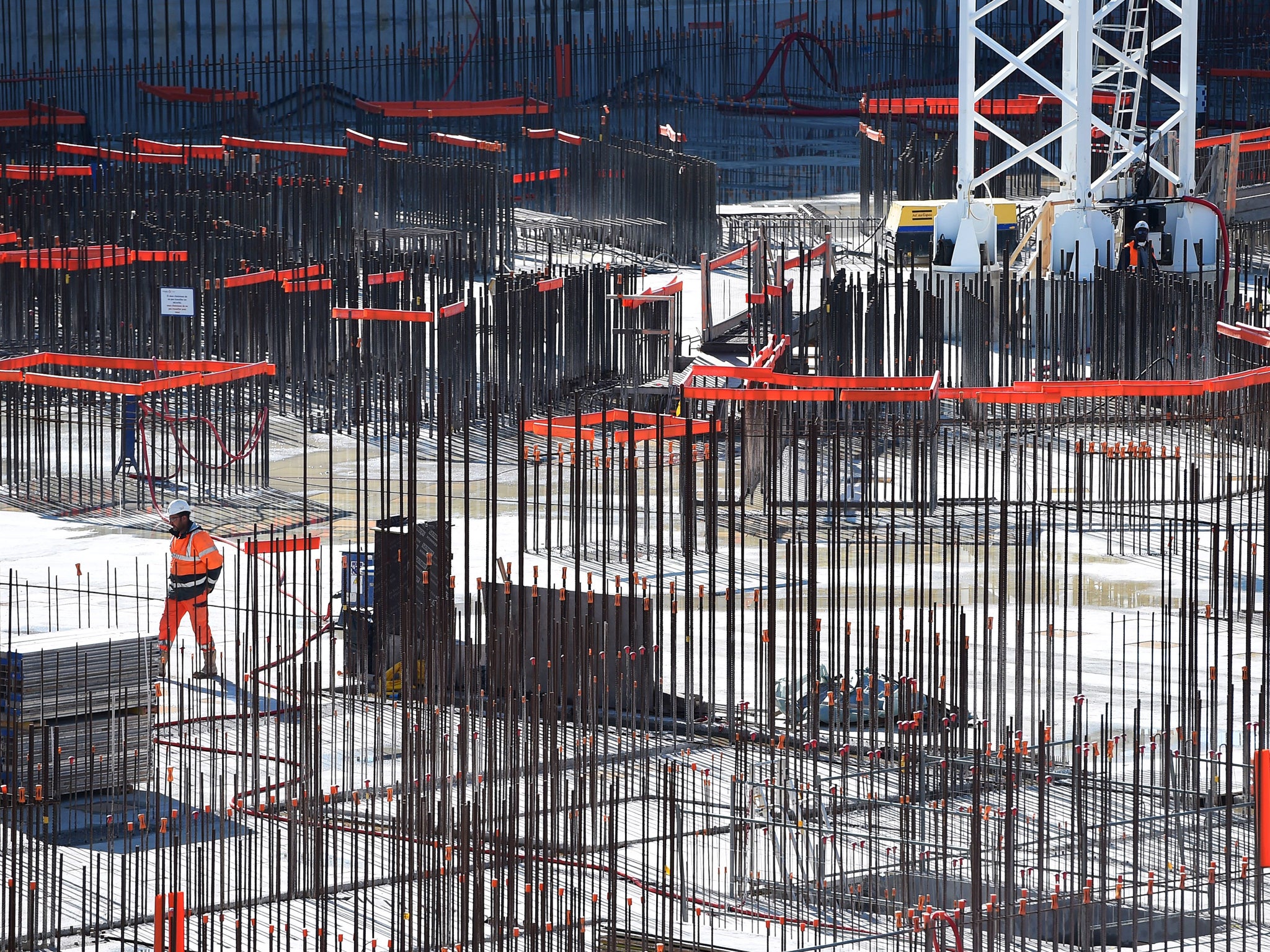Fusion power: Scientists building mini-star to provide electricity of the future
Reactor in southern France could provide safe and sustainable power

Engineers and scientists are constructing a huge mini-star, which will produce the same reactions that happen in the sun to provide energy for the future.
The project, known as Iter, is based in Cadarache, near Aix-en-Provence in southern France. It will weigh three times as much as the Eiffel Tower and be as big as 60 football pitches.
Inside the new building will be a nuclear reactor that scientists hope can provide power through nuclear fusion. In doing so it could generate clean, safe energy and reduce reliance on fossil fuels.
Earlier this year, the team behind the project appointed a new leader, Bernard Bigot.
"We are now entering into manufacturing and preparations for assembly," he said as he joined in March. Bigot said that he had joined as part of a new management team that was set up to deliver “both a research and an industrial facility”.
Inside that facility there will be a smaller and controlled version of the same reactions that happen in our sun, nuclear fusion. That happens when two atomic nuclei collide with each other, releasing energy in the form of photons. The scientists hope to harness that energy and re-use it, to replace the dirty and limited forms of energy that we use today.
The project was launched in an early stage in 1987. It is now being pushed forward by a group of seven entities — including the EU, as well as the US, Russia and China.
Since then, the project has repeatedly run into problems, with the schedule being pushed back. But scientists hope that early operations can begin in the 2020s, with harnessed energy coming sometime after that.
Iter is the Latin for “the way” — intended to highlight the possibilities of the energy as a way of creating safe and peaceful power for the world. But it was once known as International Thermonuclear Experimental Reactor, a name that was dropped because of its potential worrying connotations.
Join our commenting forum
Join thought-provoking conversations, follow other Independent readers and see their replies
0Comments